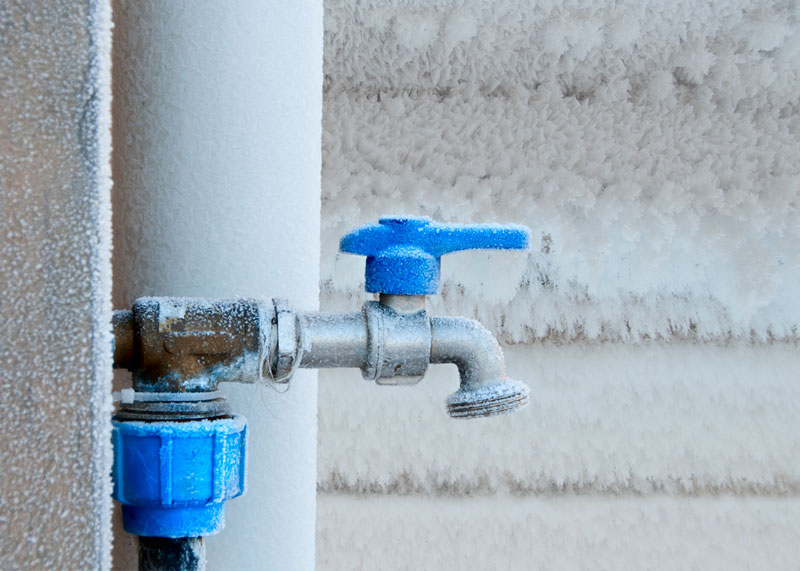
12 Jan. 24
How to Keep Pipes from Freezing: Winter Plumbing Tips
Winter is here, and as much as it brings fun and festivities with it, it also brings some challenges, especially when it comes to plumbing. Among these challenges is the possibility of frozen pipes, which results in costly repairs and inconvenience. As the temperature drops, water in pipes can freeze and expand, causing them to burst and potentially damaging your home.
As a homeowner or renter, you need to make sure that your plumbing system is well-prepared to handle the challenges of winter. In this blog post, we will share some tips on how to keep pipes from freezing, so you can avoid the hassle and save money.
1. Keep the Thermostat at a Consistent Temperature
One of the main causes of frozen pipes is rapid temperature fluctuations. If your furnace is not running, or if you set the temperature too low, the sudden change in temperature can cause your pipes to freeze. Therefore, you need to maintain a consistent indoor temperature, especially at night when the temperature drops.
It’s recommended to keep the thermostat at a minimum of 55°F (13°C) at all times, even when you’re away from home. This will help keep your pipes from freezing, and you’ll also save on heating costs.
2. Protect the Pipes from Cold
Another way to avoid frozen pipes is to protect them from the cold. You can do this by insulating the pipes with foam or fiberglass sleeves, especially those exposed to cold air, such as pipes in the attic, basement, and garage.
You can also wrap the pipes with heating tape, which is an electrically heated wire that can be plugged into an outlet. It will maintain a constant temperature and prevent the pipes from freezing.
3. Let the Faucet Drip
When the temperature drops below freezing, it’s wise to let the faucet drip, especially the one that is farthest from the main water supply line.
This will relieve the pressure inside the pipes and allow the water to flow, reducing the risk of freezing. You don’t need to let the faucet drip at a high volume; a slow drip is enough to keep the water moving.
4. Seal the Cracks and Openings
During winter, cold air can seep through the cracks and openings in your home’s walls, foundation, and windows and expose the pipes to cold air. Therefore, it’s essential to inspect your home for any air leaks and seal them with caulk or weatherstripping.
This will not only protect the pipes but also improve the energy efficiency of your home and reduce your heating costs. Remember, a well-insulated home is a cozy and cost-effective home.
5. Turn Off the Water Supply and Drain the Pipes
If you’re going away from home for an extended period during winter, it’s best to turn off the water supply and drain the pipes. This will eliminate the risk of frozen and burst pipes, which can cause serious water damage.
To drain the pipes, turn off the main water supply, open all the faucets in your home, and flush the toilets until the water stops coming out. You can also hire a plumber to do this for you if you’re not comfortable doing it yourself.
Keeping your pipes from freezing during winter is crucial to protect your home and save money on costly repairs. By following these simple tips, you can ensure that your plumbing system is well-prepared for the cold weather.
Remember, prevention is better than cure, so don’t wait until it’s too late to take action. Reliable Plumbing & Heating is always here to help if you need any assistance with your plumbing system.

